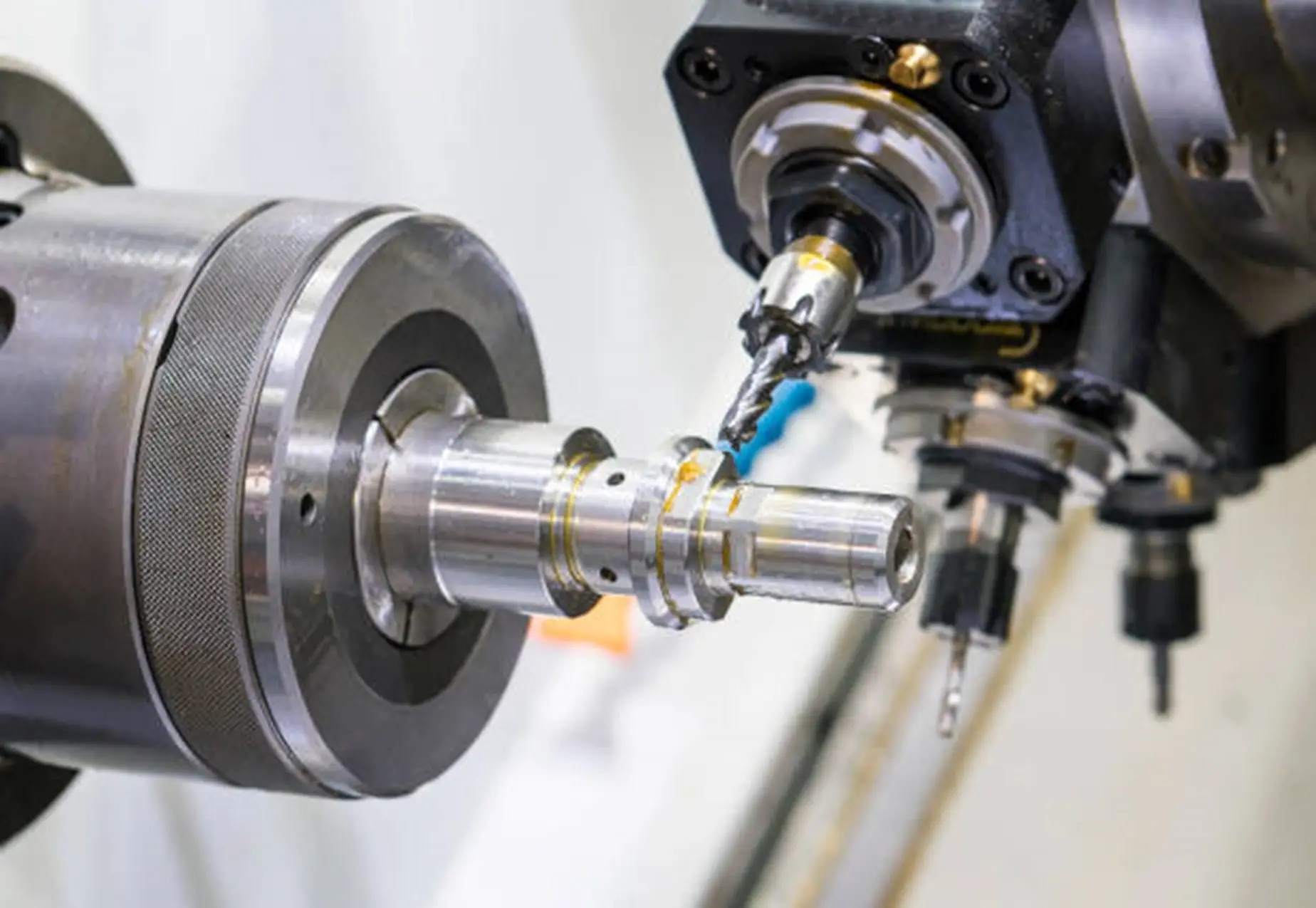
Each morning, we wake up and go through the motions of our daily routine—whether it’s getting out of bed, making coffee, or starting the car—without ever stopping to think about how much technology is involved in these seemingly simple activities. From the metal bed frame to the coffee maker handle, to the precision-engineered parts in your car, much of the equipment and devices we use daily have been touched by an advanced manufacturing process called CNC turning.
CNC turning, which stands for Computer Numerical Control turning, is a machining process that shapes metal, plastic, and other materials into specific forms using a lathe. The machine removes material by spinning the workpiece while cutting tools shape it into the desired design. This technology has transformed manufacturing, making it possible to produce complex and highly precise components with minimal human intervention. Industries like automotive, aerospace, healthcare, and electronics rely on CNC turning to create everything from engine parts to surgical instruments.
One company that specializes in this field is Radmot, a leader in CNC turning technology. By using state-of-the-art CNC machines, they help produce high-quality parts that are crucial for the smooth functioning of a wide array of products. Understanding how CNC turning works and its applications reveals the hidden importance of this technology in our everyday lives.
Table of Contents
How CNC Turning Shapes Everyday Objects
When we sit on our bed first thing in the morning, the metal frame beneath us likely owes its existence to CNC turning. Metal bed frames are often constructed from steel or aluminum components that have been precisely shaped using CNC machines. The smoothness of the joints and the accuracy of the dimensions ensure that the frame is strong enough to support weight while maintaining durability over time. Without CNC turning, these parts could have imperfections that would affect the frame’s reliability and safety.
Similarly, when you grab the handle of your coffee maker, it may look like a simple plastic or metal component, but it has been precisely shaped and designed for comfort and functionality. The handle must be ergonomic, heat-resistant, and durable. CNC turning helps create these shapes and forms, ensuring that even the smallest part of your coffee maker fits perfectly. By producing parts to exact specifications, manufacturers can maintain the high quality that consumers expect in modern kitchen appliances.
The same is true when you sit behind the wheel of your car. From the smooth action of closing the car door to the precise turning of the engine’s pistons, CNC turning plays an essential role. Car engines, in particular, require highly accurate components such as shafts, gears, and pulleys. CNC turning produces these parts with the precision required to ensure they fit perfectly together, allowing the engine to function smoothly. The precision achieved through CNC turning not only improves performance but also enhances the lifespan of car parts, reducing wear and tear.
The Benefits of CNC Turning in Modern Manufacturing
The reason CNC turning has become so widely used is that it offers a range of benefits compared to traditional machining methods. First and foremost, it provides exceptional precision. Because the machines are controlled by computer programs, they can follow exact specifications with minimal error. This level of accuracy is crucial in industries like aerospace and healthcare, where even the tiniest deviation from a design can lead to serious consequences. In industries such as automotive, CNC turning ensures that parts work together seamlessly, minimizing the risk of mechanical failure.
Another advantage of CNC turning is its efficiency. Machines can run continuously, producing parts at a faster rate than manual machining. This efficiency not only speeds up production but also reduces costs, as less time is required to complete each part. For companies like Radmot, this means they can meet the growing demands of their clients while maintaining high standards of quality. Additionally, because CNC turning requires less human intervention, the risk of error due to fatigue or oversight is significantly reduced.
Finally, CNC turning allows for greater flexibility in design. Traditional machining methods often struggle with complex shapes and intricate designs, but CNC machines can easily handle even the most complicated patterns. This flexibility means that manufacturers can experiment with innovative designs and create parts that would be impossible to produce using older methods. Whether it’s a sleek component for a high-tech gadget or a robust part for industrial machinery, CNC turning can bring even the most complex ideas to life.
CNC Turning and Sustainability
In today’s world, sustainability is a critical concern for both consumers and manufacturers. CNC turning offers several environmental benefits that align with this growing focus on eco-friendly practices. One of the key advantages is its ability to minimize waste. Traditional machining methods often result in a significant amount of material being discarded, as they are less precise and require more trial and error to achieve the desired shape. CNC turning, on the other hand, uses only the necessary amount of material, reducing waste and lowering the environmental impact of the manufacturing process.
Additionally, CNC machines are energy efficient. They are designed to use power only when needed, reducing the overall energy consumption compared to older, less efficient machines. This reduced energy usage not only lowers operating costs but also contributes to a smaller carbon footprint. Companies like Radmot are increasingly focusing on these benefits, ensuring that their manufacturing processes are as environmentally friendly as possible while maintaining the highest levels of precision and quality.
Another way CNC turning supports sustainability is by extending the life of the products it helps create. Because the parts produced are so precise and durable, they are less likely to fail or wear out quickly. This durability means that products last longer, reducing the need for frequent replacements and minimizing waste. In industries like healthcare, where high-quality surgical instruments are critical, CNC-turned parts can help improve outcomes while also supporting sustainability goals.
Conclusion: The Everyday Importance of CNC Turning
Although most people never think about CNC turning, it plays an essential role in the production of many of the devices and tools we use every day. From the bed we sleep on to the car we drive, CNC turning helps create precise, durable, and efficient components that improve the quality of life. Companies like Radmot are at the forefront of this technology, using advanced CNC machines to produce parts that meet the highest standards of precision and sustainability.
As we move forward into an increasingly tech-driven world, the importance of CNC turning will only grow. With its ability to produce complex, high-quality parts efficiently and sustainably, it’s clear that CNC turning will continue to shape our future—just as it shapes the products we rely on today. Whether you realize it or not, CNC turning is all around you, making your everyday life smoother, safer, and more efficient.





